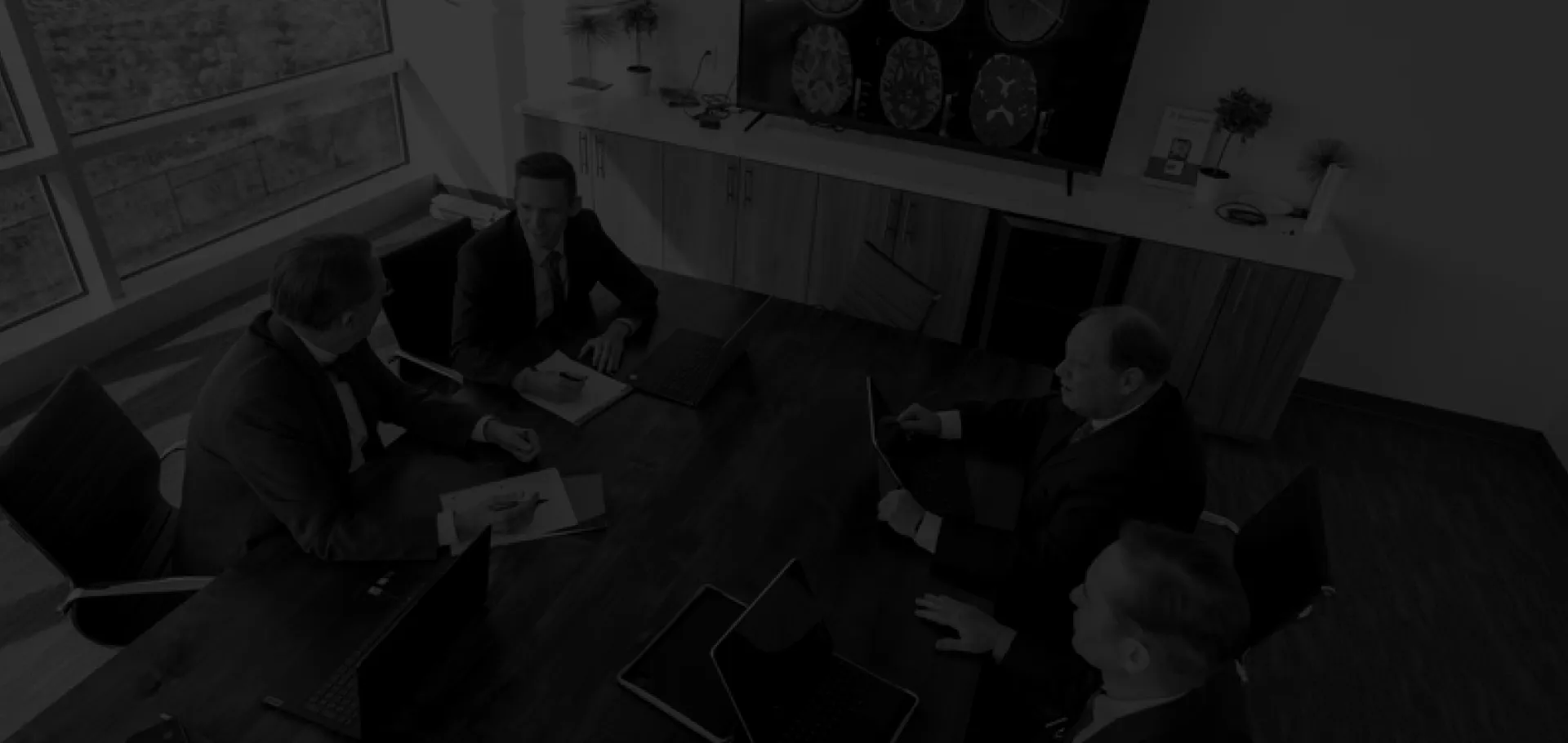
Many Utah drivers wonder if their vehicles need a front license plate. As of January 1, 2025, the answer is no. Utah law now only requires drivers to display a license plate on the rear of their vehicles. Here is updated information to help Utah drivers understand their current legal obligations on the road.
Understanding Utah’s New License Plate Requirements
Utah law has recently changed regarding license plate requirements. The change came through Senate Bill 45 (SB45), which went into effect on January 1, 2025, as the Utah News Dispatch reported. Vehicle owners are now only required to display a single license plate on the rear of their vehicles.
The rear plate must be:
- Displayed horizontally
- Clearly visible
- Mounted at a height of not less than 12 inches from the ground
- Untinted
This change makes Utah one of 21 states that no longer require front license plates, saving millions of dollars in production costs.
Benefits Of The Single Plate Requirement
The elimination of front license plates offers several advantages to Utah drivers:
- No need to drill holes in front bumpers
- Cost savings for vehicle owners
- Preservation of vehicle aesthetics
- Better fuel efficiency due to improved aerodynamics
- Environmental benefits from reduced materials usage
The new flat-screen printed plates, replacing the old embossed versions, also feature consolidated month and year decals into one sticker for added convenience.
Common License Plate Questions After The Law Change
Many Utah drivers have questions about the new license plate requirements and how to comply with the updated law. Below are answers to some of Utah’s most frequently asked questions about current license plate rules.
Why Did Utah Change To A Single Plate Requirement?
The change to a single rear license plate is expected to save the state millions of dollars in manufacturing costs and streamline production. Additionally, many modern vehicles aren’t designed with front license plate mounts, making compliance difficult and potentially damaging to vehicle exteriors.
What Should I Do With My Old Front License Plate?
If you previously had a front plate installed, you can remove it, as it’s no longer required by law. However, you should keep all license plates issued to you in a safe place until you return them to the DMV when registering for new plates or selling your vehicle.
Can I Still Display Both Front And Rear Plates If I Want To?
While not required, you can continue displaying both plates if they are identical and properly registered to your vehicle. However, it is illegal to drive with two different license plates. You should only display plates that are properly registered by the DMV to the car you’re driving.
License Plates And Legal Compliance
While the front plate requirement has been eliminated, properly displaying your rear license plate remains part of your legal responsibility as a Utah driver. Maintaining full compliance with vehicle regulations helps avoid unnecessary complications and traffic stops.
What Causes Most License Plate Citation Issues In Utah?
Despite the simplification of a single plate system, license plate violations can still occur. Common license plate violations now include:
- Obscured or illegible plates
- Expired registration tags
- Improper display of the rear plate
- Using plates not registered to the vehicle being driven
Awareness of these issues can help you maintain compliance with Utah’s updated license plate laws.
What Should I Do After Receiving A License Plate Citation?
If you’ve received a citation for a license plate violation, it’s important to take prompt action to minimize potential consequences. Follow these steps after receiving a citation:
- Don’t ignore the citation.
- Correct the violation immediately.
- Document your compliance with photos.
- Appear for all required court dates.
Following these steps can often lead to reduced penalties or dismissed citations.
Safe and Legal Driving On Utah Roads
Understanding and following Utah’s updated license plate requirements helps ensure you stay on the right side of the law while driving. While the change to a single rear plate simplifies compliance, proper display, and registration remain essential legal obligations.
For more information about vehicle safety and regulations that may affect your rights after an accident, a personal injury lawyer can answer your questions.
Contact the Utah Car Accident Lawyers at Parker & McConkie Today
For more information, please contact an experienced car accident lawyer at Parker & McConkie Personal Injury Lawyers to schedule a free initial consultation today. We have 5 convenient locations in Utah, including Midvale, Salt Lake City, Ogden & Provo, UT. Clients can also visit our offices in Idaho Falls, ID & Rock Springs, WY.
We proudly serve Weber County, Utah County, Salt Lake County in Utah, Bonneville County in Idaho, Sweetwater County in Wyoming , and its surrounding areas:
Parker & McConkie Personal Injury Lawyers – Salt Lake City Office
466 S. 500 E., Suite 100,
Salt Lake City, UT 84102
(801) 851-1202
Hours: 24/7
Parker & McConkie Personal Injury Lawyers – Midvale Office
7090 Union Park Ave, #160,
Midvale, UT 84047
(801) 845-0440
Hours: 24/7
Parker & McConkie Personal Injury Lawyers – Ogden Office
2510 S Washington Blvd, Suite 160,
Ogden, UT 84401
(385) 402-8187
Hours: 24/7
Parker & McConkie Personal Injury Lawyers – Provo Office
37 E Center St, Suite 300,
Provo, UT 84606
(801) 876-4107
Hours: 24/7
Parker & McConkie Personal Injury Lawyers – Rock Springs Office
531 N Front St,
Rock Springs, WY 82901
(307) 205-7400
Hours: 24/7
Parker & McConkie Personal Injury Lawyers – Idaho Falls Office
2235 East 25th St. Suite #280,
Idaho Falls, ID 83404
(208) 418-0633
Hours: 24/7



